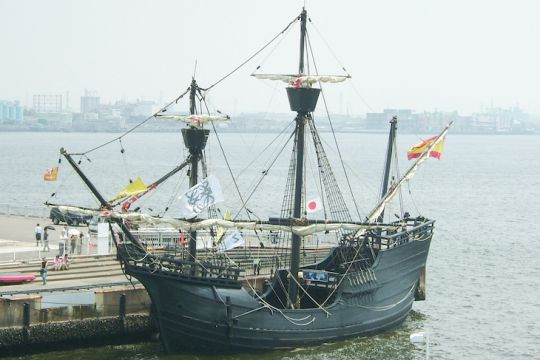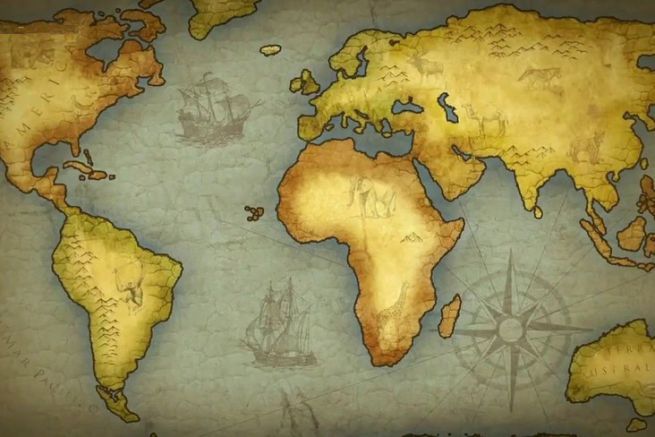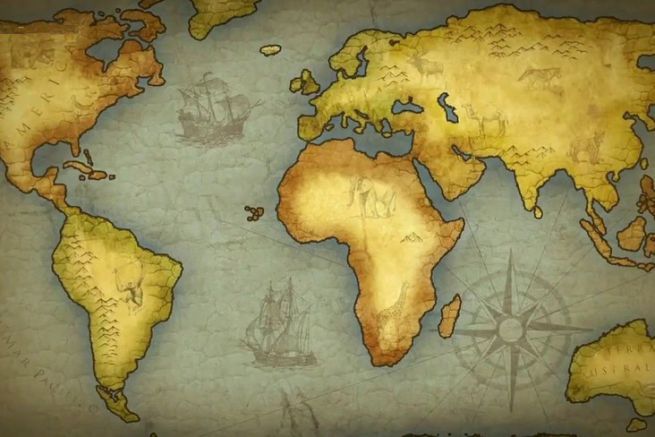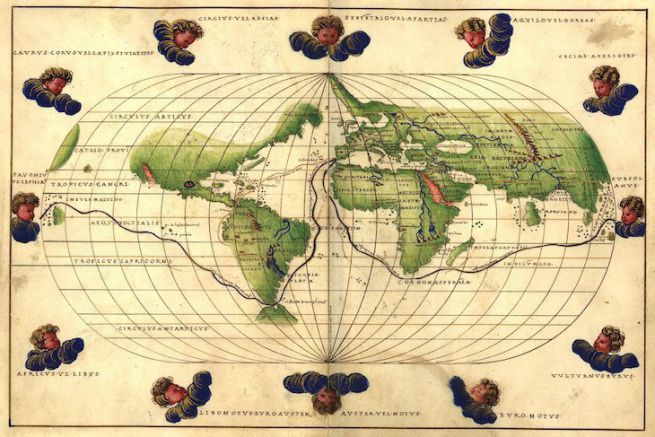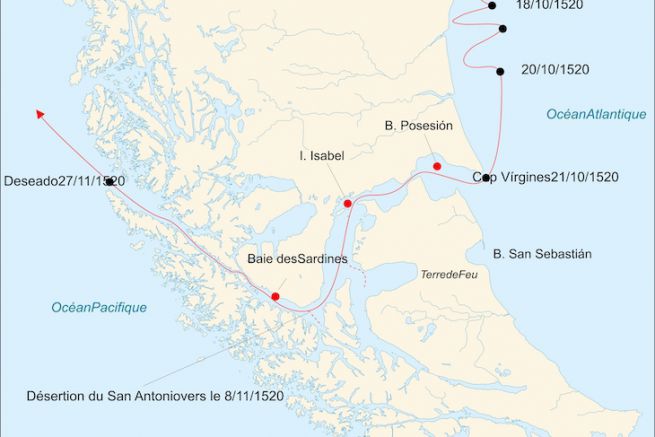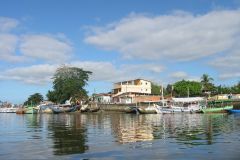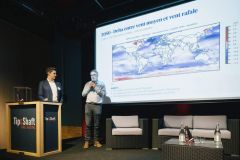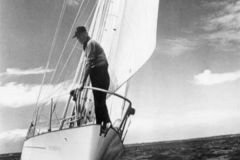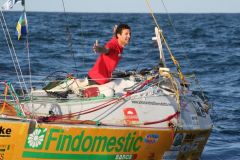The spice route in the Middle Ages
The Orient makes you dream for its spices, smells and flavours that Europeans are so fond of. Whether in dishes or drugstores, and even in churches where incense burns continuously, these aromatic substances are essential. It is a real attraction for Europeans for these Indian, exotic and rare spices that are chartered to them after a long and perilous journey.
Their price is also a consequence of their uniqueness and continues to rise. If today it is difficult to realize the value that pepper could have had in the 11th century. But at that time, it was used as a precious metal, to acquire land, to establish customs tariffs and to build up a dowry. In the Middle Ages, moreover, to indicate that a man was rich, he was called a "pepper bag".
A rate that is explained by the remoteness of the countries in which they are located. Before spreading on European dishes, these spices must pass from hand to hand, from deserts to sea, while wars and piracy predominate. A transit of several months, even several years, from the Moluccas - the cradle of spices - to Malacca, via India, the Persian Gulf, the Red Sea, then Arabia or Persia. On camels, they then travel to Beirut or Cairo before being deposited on the banks of the Nile where they will reach Venice by boat, which has a monopoly on the spice trade. It is here that German, English or Flemish mailmen come to buy them at auction, before having them transported to the retailers in each country.
In the end, a dozen hands share the profits from this lucrative spice sale. And despite the dangers and the human and material losses encountered throughout these three years of transit - as will be the case for the Magellan expedition - the business remains extremely profitable for the merchant.
But wealth is covetousness. Thus, Christians and Europeans decided to join forces to break the barrier that closes off the Red Sea. Because any transit must pass through the hands of Egypt and Syria, which are building a barrier between India and Europe. Indeed, no Christian ship can cross the Red Sea and no Christian merchant can cross it. The West therefore wanted to escape this eastern control, but the crusade failed and the route to India remained in the hands of the Orientals.
Thus, several explorers set out to conquer a new maritime route without servitude. Christopher Columbus to the west, Bartholomew Diaz and Vasco de Gama to the south, Cabot to the north.
We will better understand that behind these great expeditions, financed by kingdoms and princes, the goal was above all commercial. Because Columbus or Magellan would never have found a fleet so well prepared if the ultimate goal had been pure and simple discovery.
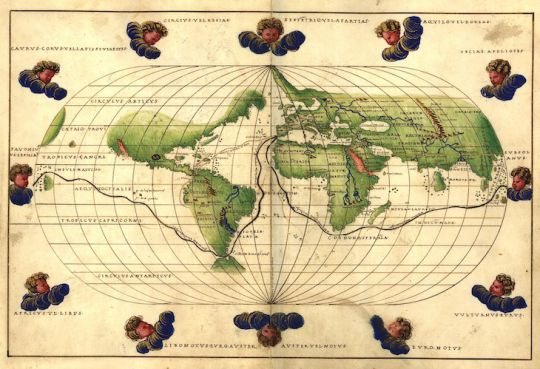
The birth of Portugal as a maritime leader
In the Middle Ages, Portugal occupied the most unfavourable maritime position in Europe. According to the Ptolemaic geography, we estimate the impassable Atlantic, and Africa as unavoidable, because it is linked to the Antarctic. But the Infanta Enrique - nicknamed the Navigator - is convinced that these surrounding seas are navigable and will allow us to discover hitherto unknown lands. It will devote nearly 50 years of its existence to the study of maps, the collection of testimonies, the organisation of expeditions and finally making Portugal the maritime country par excellence, with the most modern and unrivalled fleet of its time. If the beginnings are hazardous and we are afraid of the terrifying seas that await the sailors, Guinea is quickly discovered and with it the myth of Ptolemy falls.
If Henrique died and was unable to witness the beginnings of this new era, the accession of Joao II to the throne accelerated the movement. Portugal achieved success: Ecuador was reached in 1471, the mouth of the Congo in 1486 by Diego Cam and finally, Bartholomeu Diaz discovered the Cape of Good Hope, which he then nicknamed "Cabo tormentoso", probably because of the storms that shook it. His journey will be stopped as he decides to continue his journey to discover India, by his crew who are rebelling.
26 years after Henrique's death, it is proven that there is indeed a sea route from India. And Portugal became the world's leading maritime nation at the end of the 15th century. Thanks to his know-how, he has acquired new provinces, but also new continents.
